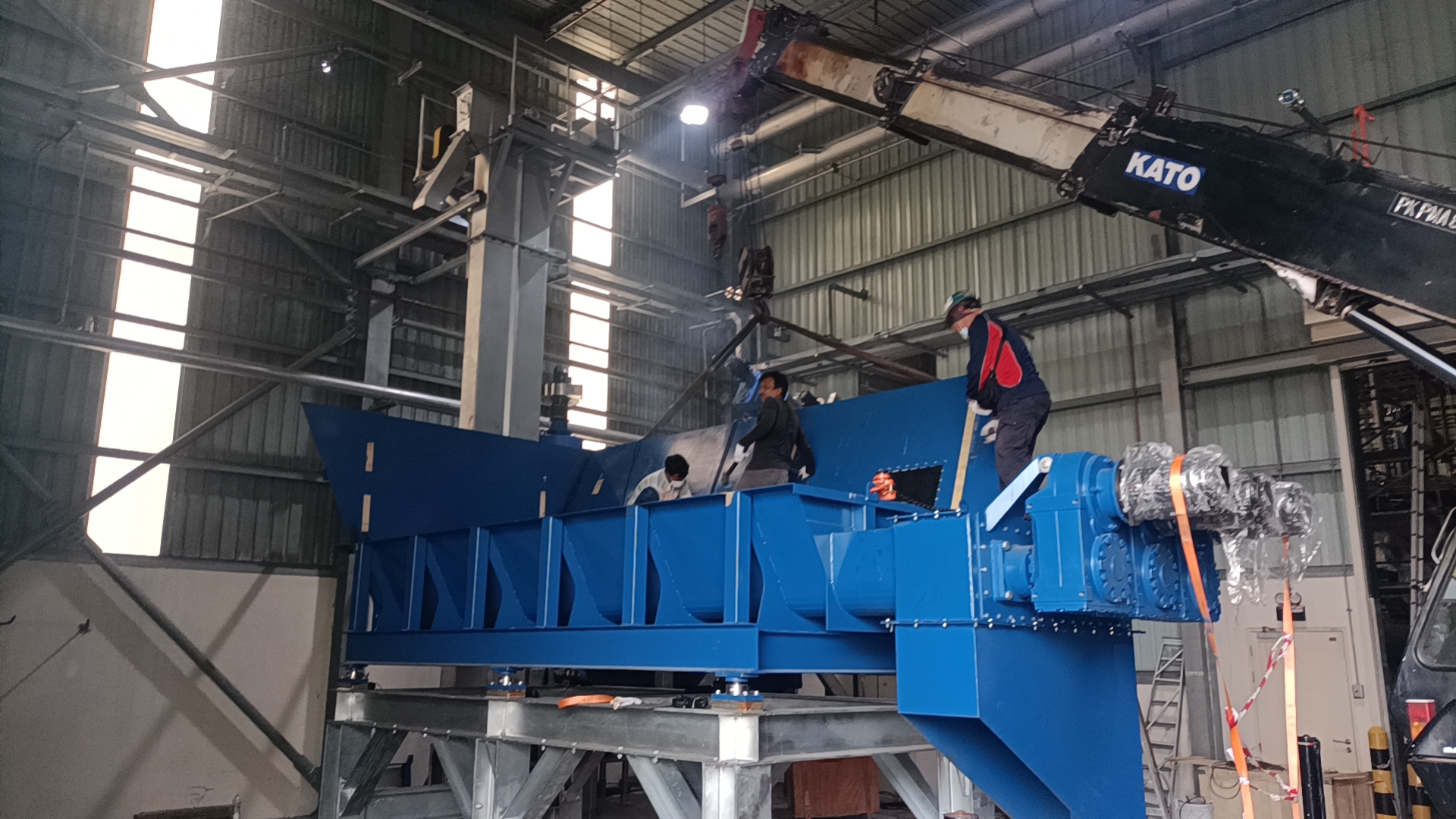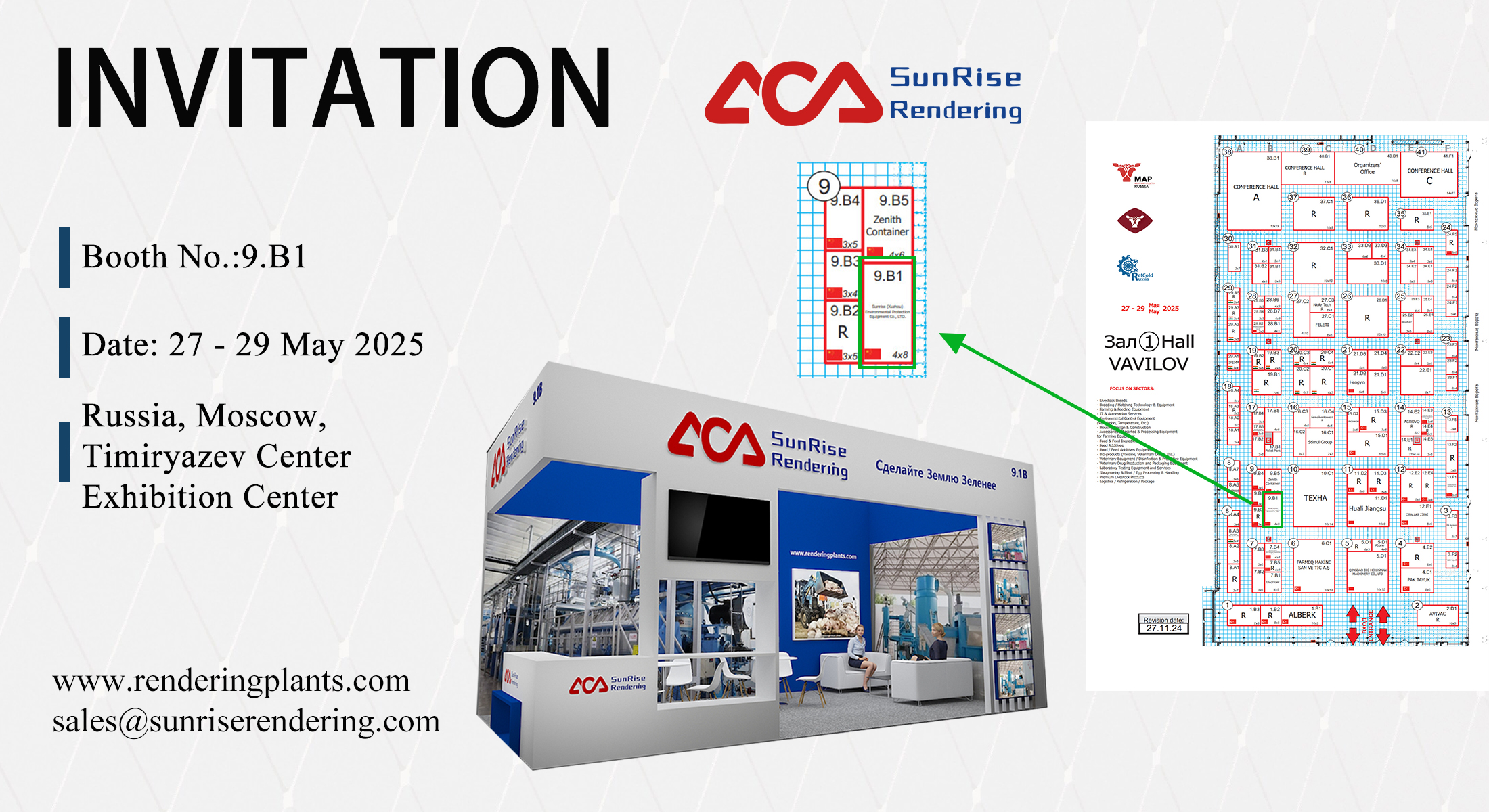
Unlocking Sustainability: Slaughter Waste Rendering Solutions
Unlocking Sustainability: Slaughter Waste Rendering Solutions
Slaughter waste rendering is a process of converting slaughter wastes to useful products, such as meat and bone meal, tallow, and hides. The fats from slaughterhouse waste are used to make soap, candles, lubricants, and biodiesel fuel. Waste animal parts are also processed and turned into pet food, fertilizer, or other products.
The main sources of slaughter waste include heads, feet, and entrails from cattle; the fat trimmings, skin, and bones of pigs; sheep; goats; horses; poultry innards; feathers; blood; hair and hooves.
What is slaughter waste?
Understanding Slaughter Waste: Non-Edible By-Products of Meat Processing
Slaughter waste, also known as slaughter by-products or abattoir waste, refers to the non-edible parts of an animal that are generated during the process of slaughtering and processing livestock for meat production. These non-edible parts include components such as blood, bones, internal organs (viscera), hides, feathers (in poultry slaughter), and other tissues that are not suitable for human consumption.
The Diverse Composition and Sustainable Utilization of Slaughter Waste
Slaughter waste can vary in composition depending on the type of animal being processed, the specific cuts of meat being produced, and the processing methods used. While these non-edible parts are not suitable for direct human consumption, they can often be repurposed and utilized in various ways, such as for making animal feed, fertilizers, pet food, industrial products, and more. Proper disposal and management of slaughter waste are essential for environmental and public health reasons.
Process of Slaughter Waste Rendering
Here’s an overview of the typical steps involved in the slaughter waste rendering process:
Efficient Handling of Slaughter Waste in Rendering Plants
1) Gathering and Conveyance:
Slaughter waste encompasses a diverse array of by-products, including carcasses, bones, offal (internal organs), and hides. These materials are systematically collected from slaughterhouses and processing facilities. Ensuring the proper transportation and storage of these components is imperative to prevent contamination and uphold product quality.
2) Screening and Scrutiny:
Upon reaching the rendering plant, the gathered slaughter waste undergoes a meticulous process of sorting and inspection. This critical step serves to identify any contaminants or materials that should be excluded from the rendering process, safeguarding the integrity of the end products.
3) Heating and Sterilization:
Subsequently, the meticulously sorted slaughter waste is loaded into substantial rendering cookers or vessels. These vessels leverage heat, steam, and pressure to execute the vital tasks of cooking and sterilization. Cooking temperatures typically span from 240°F to 290°F (116°C to 143°C), achieving high temperatures that effectively eradicate pathogens and bacteria, thus ensuring product safety.
Precise Fat and Protein Separation in Rendering Plants
4) Efficient Separation of Fat and Protein:
Following the cooking stage, the processed material embarks on a crucial separation process aimed at isolating fat (tallow) and protein (meat and bone meal). To achieve this, centrifuges, presses, and decanters are frequently employed, with fat ascending to the surface for skimming, while the protein-rich material is carefully extracted.
5) Thorough Drying Process:
The isolated protein material proceeds through a drying phase, meticulously reducing its moisture content to create a stable, dry product. Drying techniques may encompass methods such as steam drying or indirect heat drying, ensuring the product’s durability and quality.
6) Stringent Quality Control and Testing:
Throughout every phase of the operation, stringent quality control measures stand as sentinels, assuring that the final products not only conform to safety standards but also meet rigorous quality benchmarks. These measures encompass visual inspections and comprehensive laboratory testing, evaluating nutritional content and overall safety.
Preservation of Rendered Products
7) Secure Storage and Packaging:
The final rendered products, comprising tallow and meat and bone meal, are meticulously stored within suitable containers and packaging, poised for distribution. Stringent attention is given to maintaining proper storage conditions, thereby forestalling spoilage or contamination, and ensuring product quality.
8) Responsible Waste Management:
The management of any residual waste materials, including sludge and wastewater, is conducted with an unwavering commitment to environmental responsibility. Certain rendering plants employ advanced waste treatment technologies like anaerobic digestion to process and neutralize these materials, aligning with sustainable practices.
9) Effective Odor Control:
Recognizing the importance of environmental harmony, many rendering plants invest in cutting-edge odor control technologies, effectively curbing the noxious odors often associated with the rendering process. This proactive approach contributes to a more pleasant and neighborly operating environment.
The rendering of slaughter waste materials is a complex and highly regulated process that transforms what would otherwise be waste into valuable resources. It is crucial for both the food processing industry and environmental sustainability, as it minimizes waste, supports responsible disposal, and generates valuable products for various industries.
Why is Slaughter Waste Rendering Considered Sustainable?
Slaughter waste rendering stands as a sustainable practice for several compelling reasons, as it effectively tackles environmental, economic, and resource utilization challenges linked to the management of animal by-products from slaughterhouses. Here’s how the process of slaughter waste rendering champions sustainability:
Resource Utilization
Rendering transforms slaughter waste, encompassing carcasses, bones, and offal, into valuable products like meat and bone meal and tallow (animal fat). These products find diverse industrial applications, thereby minimizing waste and optimizing resource usage.
Reduction of Environmental Impact
By diverting slaughter waste from landfills, rendering plants significantly curtail the environmental impact associated with waste disposal. This includes a notable reduction in methane emissions from the decomposition of organic materials in landfills, which is a potent greenhouse gas.
Biosecurity and Disease Control
Rendering plants assume a pivotal role in safeguarding biosecurity by securely disposing of animal carcasses and by-products. This proactive stance helps avert the spread of diseases among livestock and wildlife populations, contributing to overall food safety the well-being of ecosystems.
Minimization of Odor and Nuisance
Recognizing the importance of environmental harmony, many rendering plants invest in cutting-edge odor control technologies to mitigate the unpleasant smells associated with the rendering process. This commitment minimizes potential nuisances for neighboring communities, fostering positive relations.
Slaughter waste rendering is intrinsically sustainable, addressing environmental concerns, championing responsible resource utilization, generating economic value, bolstering biosecurity, and mitigating the environmental impact linked to the disposal of animal by-products. It plays a pivotal role in cultivating a more sustainable and environmentally responsible food and agriculture industry.
What Are Some Common Outcomes of Slaughter Waste Rendering?
Slaughter waste rendering processes yield a range of prevalent end products, each possessing distinct properties that render them valuable commodities in diverse industries. Here are some of the most frequently encountered end products arising from the rendering of slaughter waste:
Meat and Bone Meal (MBM)
MBM is a protein-rich product derived from the rendering process, incorporating ground-up bones, meat remnants, and other animal tissues.
Widely employed as a high-protein component in animal feeds, MBM furnishes crucial nutrients for livestock, poultry, and aquaculture.
Tallow (Animal Fat)
Tallow comprises the rendered fat originating from slaughter waste, primarily sourced from carcasses and fatty tissues.
Tallow finds application across various industries, including soap and candle production, cosmetics, biodiesel manufacturing, and lubricants, and serves as a raw material in the pet food industry.
Hides and Skins
Hides and skins from cattle and other animals undergo rendering to extract valuable materials such as collagen.
Processed hides and skins are pivotal in the leather industry, contributing to the creation of leather products like footwear, clothing, and leather goods.
Feather Meal
Feather meal results as a by-product of rendering poultry feathers.
Recognized for its high protein content and digestibility, feather meal serves as a protein source in animal feeds, particularly for poultry and aquaculture.
These end products assume essential roles in a wide array of industries, encompassing agriculture, animal husbandry, food processing, cosmetics, and manufacturing. Their utilization not only maximizes resource efficiency but also contributes to sustainability by repurposing materials that would otherwise be discarded as waste.
CONCLUSION
In summary, the practice of slaughter waste rendering stands as a pivotal and sustainable cornerstone within the realms of the meat and food processing industries. It effectively metamorphoses what would otherwise be deemed as waste, arising from animal slaughter, into invaluable end products boasting a diverse array of industrial applications. These end products, spanning meat and bone meal, tallow, hides, and more, collectively contribute to the efficient use of resources, economic value creation, and the promotion of environmental stewardship.
Ultimately, the process of slaughter waste rendering serves as a beacon illuminating the significance of responsible and sustainable approaches within the food and agriculture sector. It exemplifies the transformation of waste into precious resources, aligning harmoniously with broader initiatives aimed at constructing a more circular and environmentally conscious economy.



